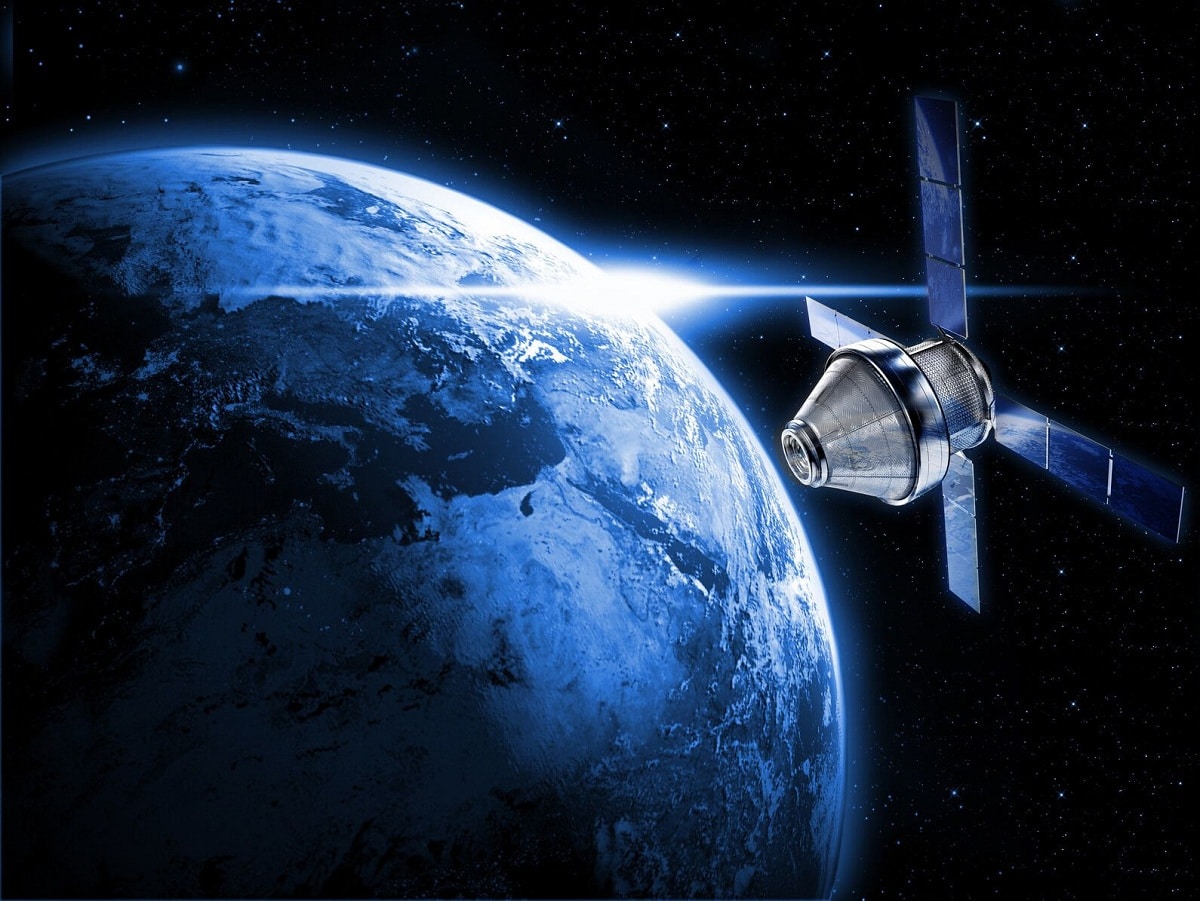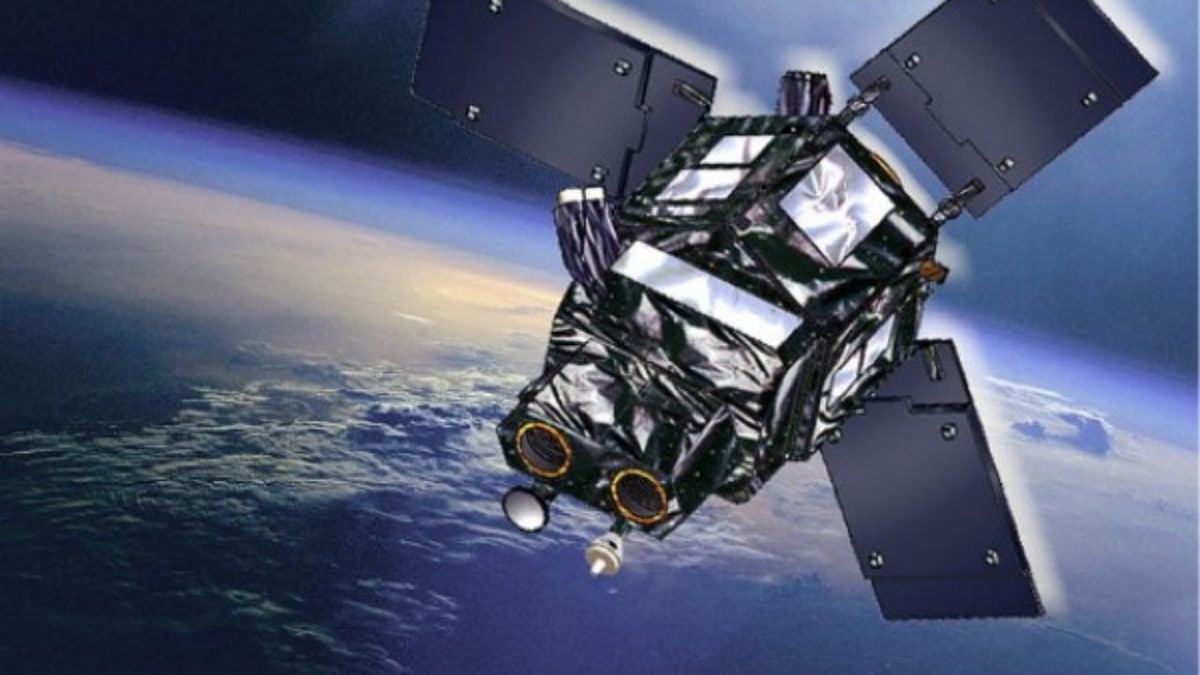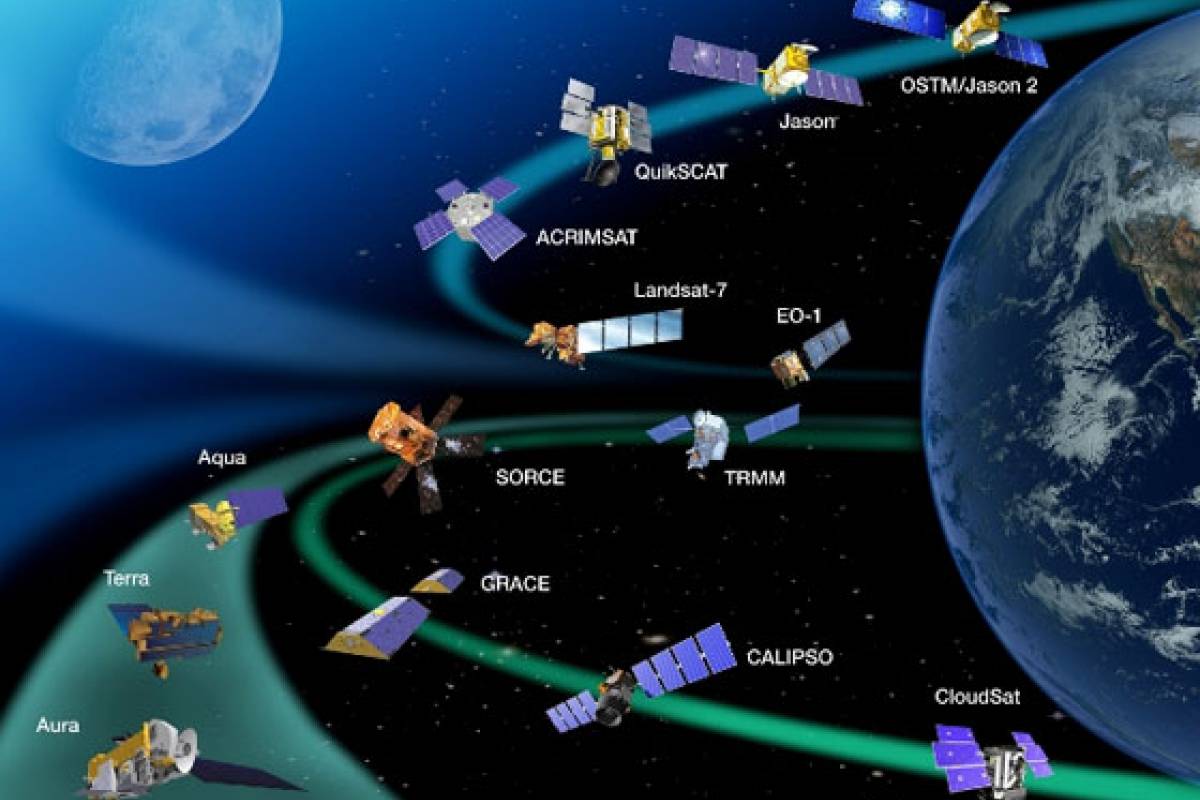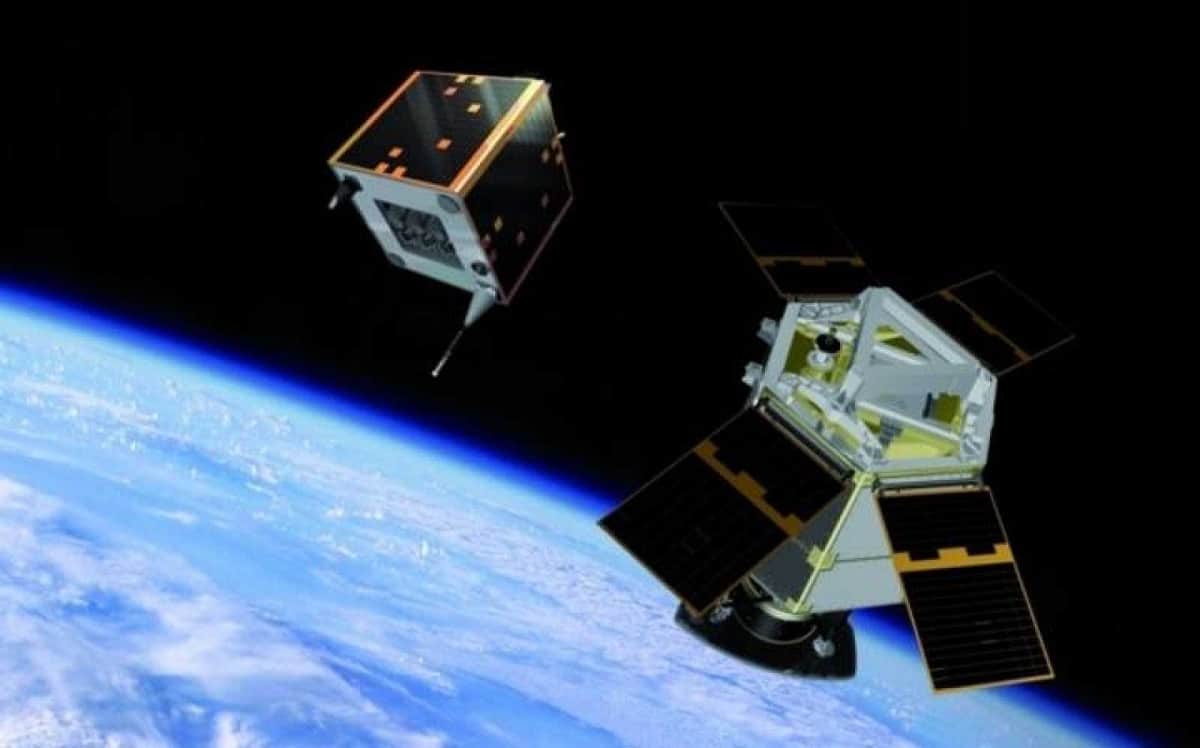
When we speak of natural satellites we do not refer to those celestial bodies that are in orbit over another celestial body of greater size. However, when we refer to artificial satellites we are talking about any unnatural object that is orbiting around a celestial body. These objects usually have a specific objective such as better understanding the universe. They are born as a result of human technology and are used to obtain information about the celestial body that it studies. Most of the artificial satellites are orbiting around the planet Earth. They are of great importance to the development of human technology and today we could not live without them.
Therefore, we are going to dedicate this article to tell you everything you need to know about artificial satellites.
Key features

Unlike what happens with natural satellites such as the moon, artificial satellites are man-made. These move around an object that is larger than them since they are attracted by the force of gravity. They are usually very sophisticated machines that have revolutionary technology. They are sent into space in order to obtain a large amount of information about our planet. We can say that the debris or remains of other machines, spacecraft manned by astronauts, orbital stations and interplanetary probes are not considered artificial satellites.
Among the main characteristics that we find with these objects is that they are launched by means of rockets. Rockets are nothing more than any vehicle such as a missile, spacecraft or aircraft that propel the satellite upwards. They are programmed to follow a route according to what is established. They have a main function or task to fulfill, such as observing the clouds, for example. Most man-made satellites that orbit our planet remain around it rotating continuously. On the other hand, we have satellites that are sent to other planets or celestial bodies that must be followed in order to obtain information and monitoring.
Uses of artificial satellites
There are several basic types of artificial satellites that orbit the Earth: geostationary satellites and polar satellites. These are the main ones according to their uses. If we want to make a map and obtain specific information about the Earth or other planets, these satellites are used. For example, the global positioning system known as GPS it is obtained thanks to a network of artificial satellites that orbit over planet Earth. This group of satellites determine the location and position of an object on the planet through telecommunications systems. These systems also include television and cell phones.
Among the uses we find of artificial satellites are scientific and applied objectives. Some examples of scientific uses are the study of outer space, solar radiation, planets, etc. Other examples of applied uses is meteorological observation, military espionage, remote sensing and telecommunications, among others.
It must be taken into account that the distances at which the geostationary and polar satellites are are different. Some are at a distance of 240 kilometers, while others are at day distances of up to 36.200 kilometers. Each type of satellite will have advantages and other disadvantages depending on its use. Most of the satellites that move around the Earth stay within a range of 800 kilometers and travel at speeds of around 27,400 kilometers per hour. The fast speed that it moves is necessary so that gravity would not pull them back down.
These artificial satellites consist of two basic parts: the antenna and the power supply. The antenna is in charge of sending and receiving the information in question. The power source can be both batteries and solar panels. These are necessary for the machine to continue to function.
Types of artificial satellites

As we mentioned before, there are two basic types of satellites that orbit the Earth. They are as follows:
- Geostationary: They are those that move in an east-west direction above the Equator. They follow the direction and speed of the Earth's rotation.
- Polar: They are so called because they travel from one pole to another in a north-south direction.
Within these two basic types we have some types of satellites that are responsible for observing and detecting the characteristics of the atmosphere, oceans and land masses. They are considered by the name of environmental satellites. They can be divided into some types like are geosynchronous and heliosynchronous. The first are those that orbit the planet at the same speed as the Earth's rotation. The seconds are those that pass each day at the same time on a certain point on the planet. Most of the satellites that are used in telecommunications for weather forecasting are geosynchronous.
Space debris and impacts
We cannot deny that artificial satellites have improved human life by far. However, a satellite can disintegrate in the atmosphere when it returns. After ending its useful life or having collected all the necessary data, you have several options. It can return and disintegrate into the atmosphere or it can become space junk since it remains orbiting a celestial body for no use. In the case in which a satellite is low, it tends to disintegrate entering the atmosphere in different portions.
The large number of artificial satellites that are prowling the planet without any use is great. That is why this set of satellites is called space junk. The artificial satellites that can be put into orbit are essential for life in society. This causes a positive impact on the human being. Thanks to this, we can explore other planets, detect meteorites, observe life on Earth and obtain information about the climatic variables of a specific point on the planet.
From an economic and communication point of view, they are also used to receive television, radio, internet and telephone signals. Today we could not live without them.
I hope that with this information you can learn more about artificial satellites.
